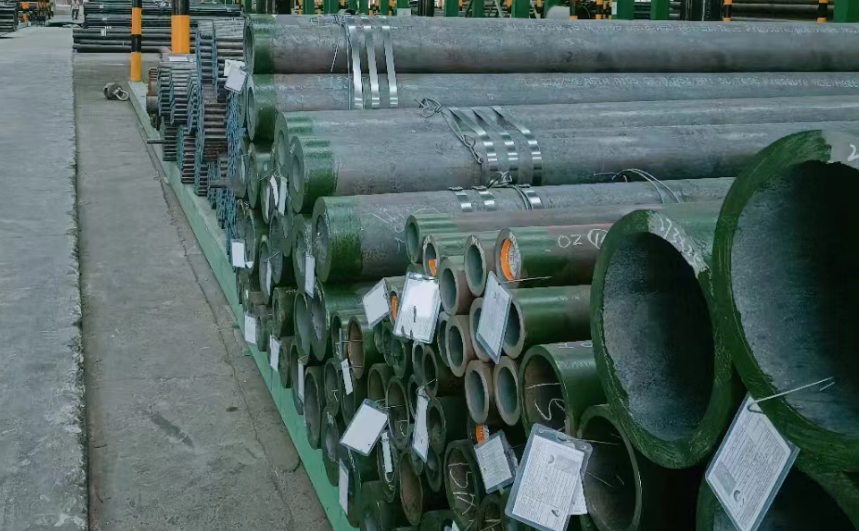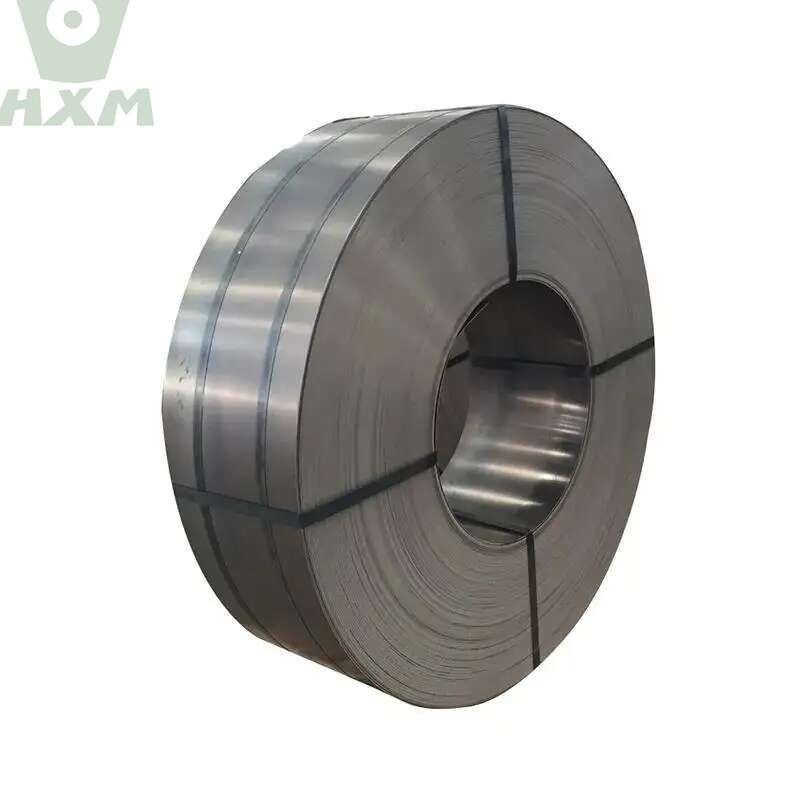12L14 vs low carbon steel are two terms that are often encountered, particularly in the context of steel alloys used in various industrial and manufacturing applications. Both materials belong to the carbon steel family, but they differ significantly in their composition, mechanical properties, and end-use applications. In this article, we will delve into the details of these differences to provide a comprehensive understanding of the distinct features of 12L14 and low carbon steel.

12L14 vs Low Carbon Steel – What’s the Difference?
12L14 vs Low Carbon Steel – 1. Composition
The fundamental difference between 12L14 and low carbon steel lies in their composition. 12L14 steel, also known as free machining steel, is a low-carbon steel with added sulfur and phosphorus to enhance its machinability. The sulfur content in 12L14 promotes chip breaking during machining, while phosphorus increases the hardness and strength of the steel.
On the other hand, low carbon steel, as the name suggests, has a very low carbon content, typically ranging from 0.05% to 0.30% carbon by weight. This low carbon content gives low carbon steel its excellent weldability, ductility, and toughness.
12L14 vs Low Carbon Steel – 2. Mechanical Properties
The mechanical properties of 12L14 and low carbon steel also vary. 12L14, due to its added sulfur and phosphorus, exhibits slightly lower tensile strength and yield strength compared to low carbon steel. However, its machinability is significantly improved, making it ideal for applications where extensive machining is required. Low carbon steel, on the other hand, boasts excellent ductility and toughness, making it suitable for applications that require good formability and impact resistance. It can also be easily welded and fabricated into complex shapes.
12L14 vs Low Carbon Steel – 3. Applications
The distinct properties of 12L14 and low carbon steel make them suitable for different types of applications. 12L14 is commonly used in manufacturing fasteners, bolts, nuts, and other components that require extensive machining. Its improved machinability makes it easier to produce these components with tight tolerances and smooth finishes.
Low carbon steel, on the other hand, finds applications in various structural components, brackets, and other parts that require good ductility and weldability. It is also used in the automotive industry for parts that require high crash resistance and durability.
12L14 vs Low Carbon Steel – 4. Processing and Fabrication
When it comes to processing and fabrication, 12L14 and low carbon steel have their own advantages. 12L14’s improved machinability makes it easier to cut, drill, and turn, reducing the need for post-machining operations. This saves time and cost in the manufacturing process. Low carbon steel, on the other hand, can be easily welded and bent into desired shapes, making it suitable for applications that require complex fabrications.
12L14 vs Low Carbon Steel – 5. Cost
In terms of cost, low carbon steel is generally more affordable than 12L14 due to its simpler composition and widespread availability. However, the cost of materials should be balanced against the overall cost of the manufacturing process, considering factors like machining time, material waste, and the need for post-processing operations.
Conclusion
In summary, 12L14 and low carbon steel are both important materials in the metalworking industry, but they differ significantly in composition, mechanical properties, and applications. 12L14, with its improved machinability, is ideal for components that require extensive machining, while low carbon steel offers excellent ductility, weldability, and cost-effectiveness for structural and fabrication applications.
Thank you for reading our article and we hope it can help you to have a better understanding of the differences between 12L14 vs Low Carbon Steel. If you are looking for low carbon steel products suppliers online now, please don’t hesitate to contact Huaxia Steel.
As a leading supplier of carbon steel products from Shanghai China, Huaxia Steel provides customers with high-quality tool steel, carbon steel, alloy steel, carbon steel tubes, and carbon steel pipes at a very competitive price.








